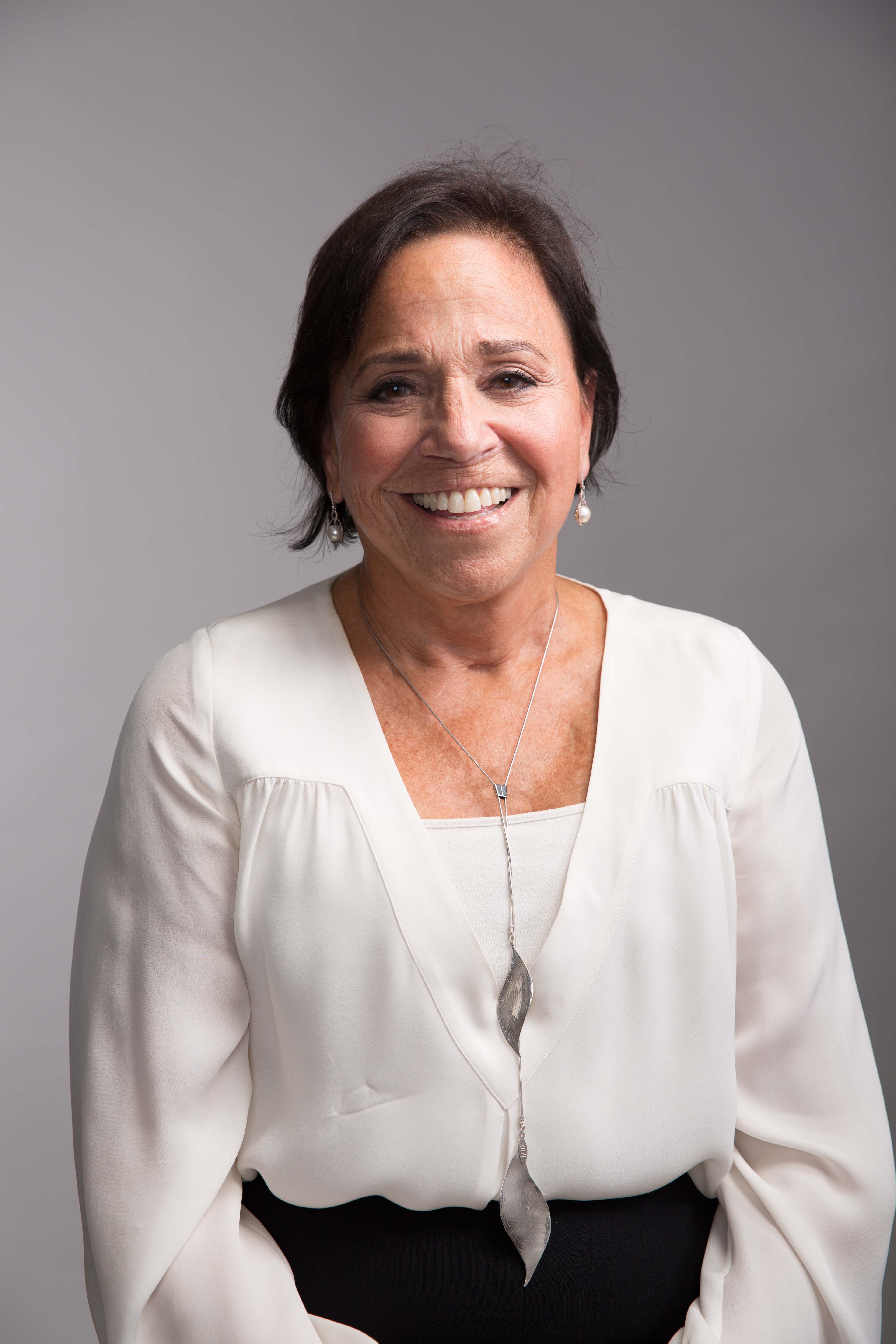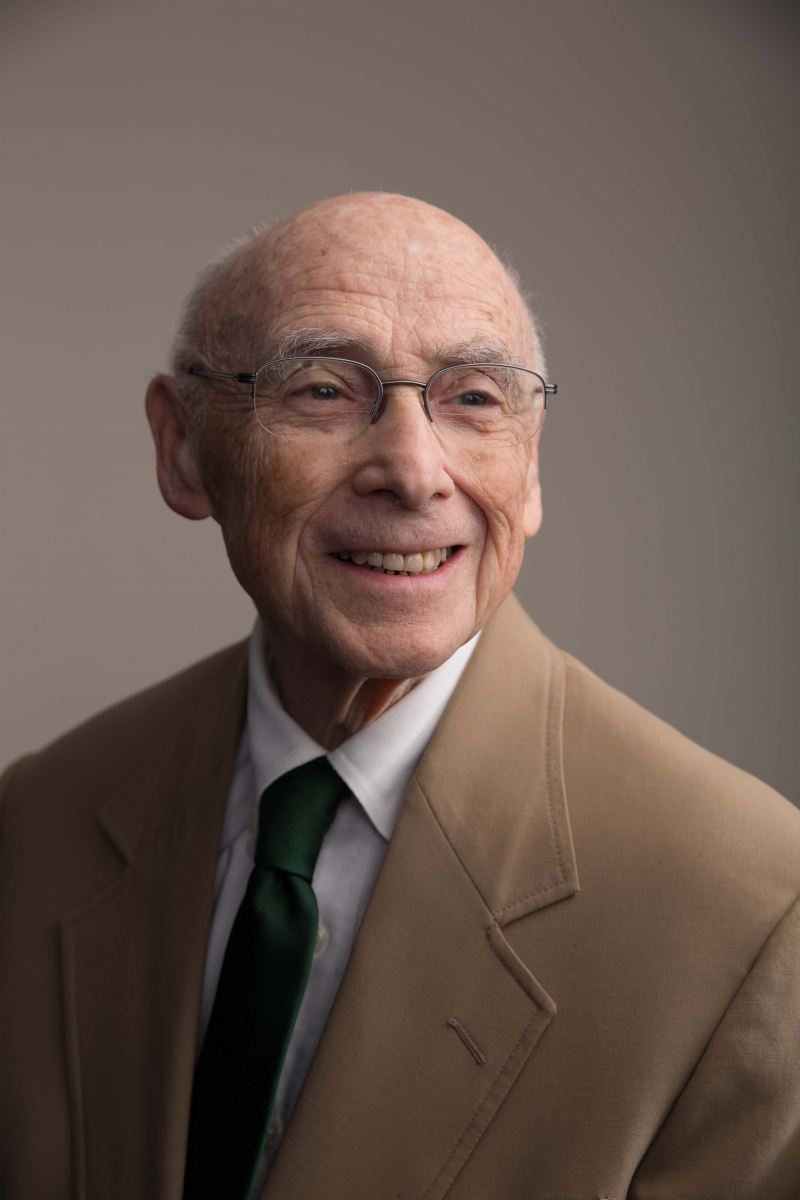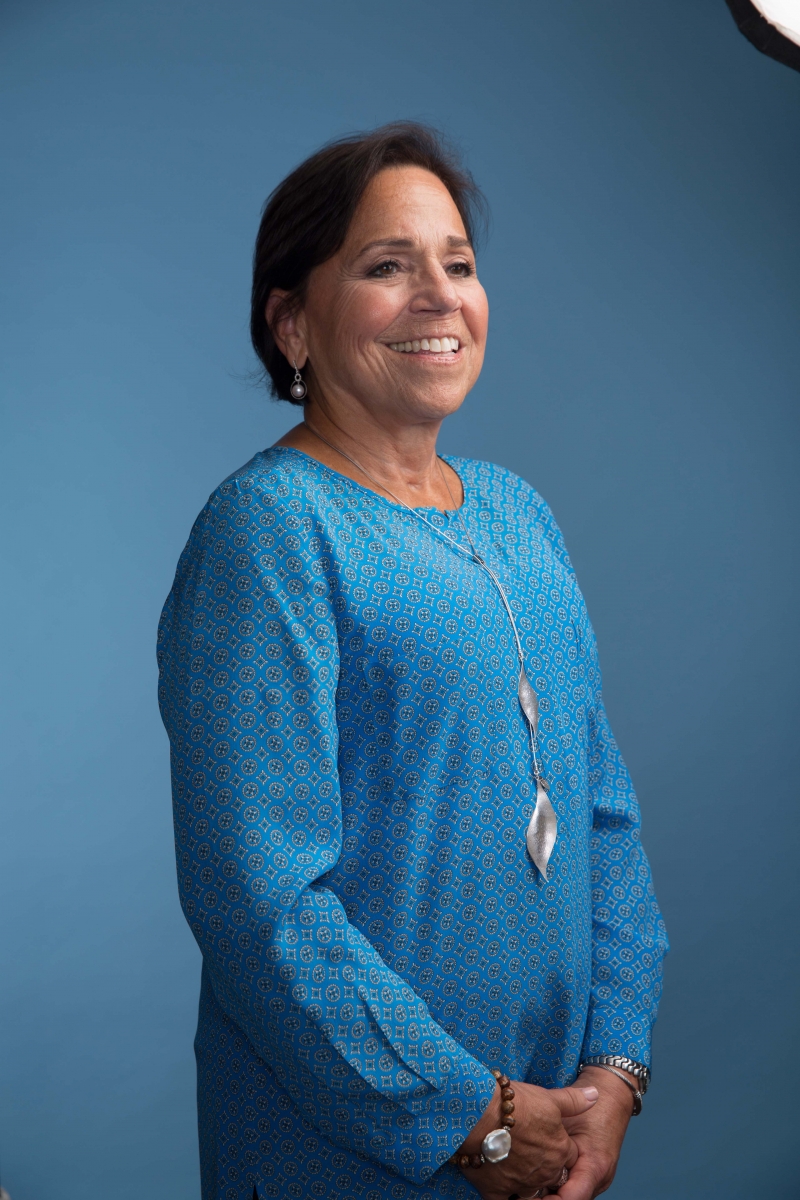
Cancer “Super Responders” Thrive Far Beyond Expectations
-

“I continue my normal activities and still work. … I’m in pretty good health and have been all along.” — Bernard Camins, CANCER SUPER RESPONDER A group of “miracle” cancer patients, known as “super responders,” may hold valuable clues as to why some patients respond exceptionally well to treatment while others do not.
According to Marijo Bilusic, a Fox Chase Cancer Center medical oncologist, a super responder is a patient with incurable disease who has a complete response or remission for more than one year after treatment, or someone who has stable disease — no tumor growth — for at least three years. This unique group may also help clinicians and researchers revolutionize the treatment of patients across all cancer types.
Last year, the National Cancer Institute (NCI) launched a study to analyze tissue samples from super responders to find possible molecular reasons for the exceptional response. Now, Bilusic’s team will be launching their own study at Fox Chase — one of 45 NCI-designated Comprehensive Cancer Centers in the country. The researchers are evaluating a group of super responders who were treated at Fox Chase in the hope of identifying genes that may have played a role in their extremely positive responses. “We want to learn about biomarkers that can predict why some patients respond to therapy better than their peers, even when it’s the same cancer under the microscope,” says Bilusic.
In the fall 2015, Bilusic and colleagues identified 37 patients from Fox Chase for their study, whose tissue samples were undergoing genomic analysis. “If you ask any oncologist, there are patients they remember immediately because of their exceptional response,” says Bilusic. “These are patients who were told they have one year to live, and they live several years. There have been some people who live 20 to 30 years with metastatic disease, which is really extraordinary.”
One of Bilusic’s notable super responders is Bernard Camins. In 2009, Camins developed bladder cancer but was successfully treated with robotic surgery. However, in 2013, he developed a 2-centimeter mass on his right scrotal skin, which was confirmed to be metastatic bladder cancer. It spread quickly through his scrotal and groin skin. “Skin metastases from urologic cancers are very uncommon and usually associated with widespread metastatic disease and a poor prognosis,” Bilusic explains.

“Why did I respond so well? Maybe because I had excellent care and maybe because of divine intervention.” — Marcelle Shapiro, CANCER SUPER RESPONDER After one cycle of chemotherapy, the treatment was discontinued due to adverse side effects. Camins then started chemotherapy again. After four cycles, he completed treatment in September 2013 and has been in remission since. “I continue my normal activities and still work,” he says. “I have a computed tomography (CT) scan and see Dr. Bilusic every four months, but I’m in pretty good health and have been all along.”
Sometimes super responders inform future research and trials based upon their responses to treatment. Another super responder is Marcelle Shapiro. In 2010, she was diagnosed with acute myelogenous leukemia (AML). It was secondary AML resulting from previous treatment with adriamycin, a chemotherapy drug used to treat breast cancer. After six weeks of intense chemotherapy for the AML while in a medically induced coma, Shapiro was in remission. Her family, including her husband and two daughters, were amazed by her recovery. However, that was not the end. “The chances of me maintaining a long-term remission were limited because of my exposure to adriamycin,” says Shapiro, an interventional radiologist.
Patricia Kropf, assistant director of the Fox Chase Cancer Center–Temple University Hospital Bone Marrow Transplant Program, says that Shapiro had an aggressive leukemia that typically has a fairly low chance for a cure. Shapiro received an intense regimen of induction chemotherapy, consolidation therapy, and a stem cell transplant.
“Response to chemotherapy and transplant ranges across a spectrum,” says Kropf. “Not only has Marcelle been cured of her leukemia, but she tolerated the transplant very well, without significant complications.” She was told she had a 50/50 chance of long-term survival. In 2015, she marked five years being cancer free. Her follow-up includes bloodwork every three months and an annual bone marrow biopsy.
“Why did I respond so well? Maybe because I had excellent care and maybe because of divine intervention,” Shapiro says. “I live moment to moment. I don’t ask questions for which I have no answers.”
